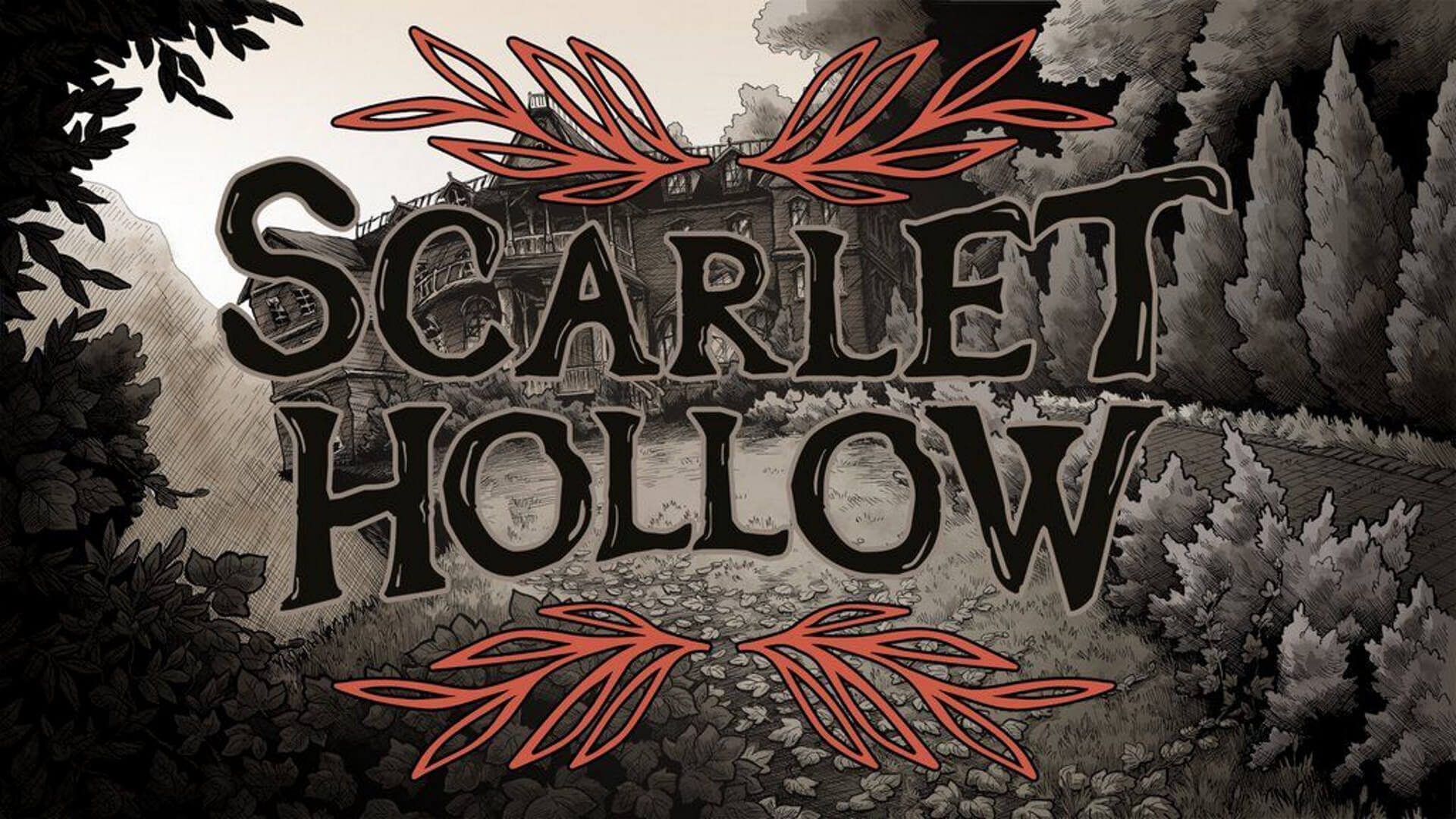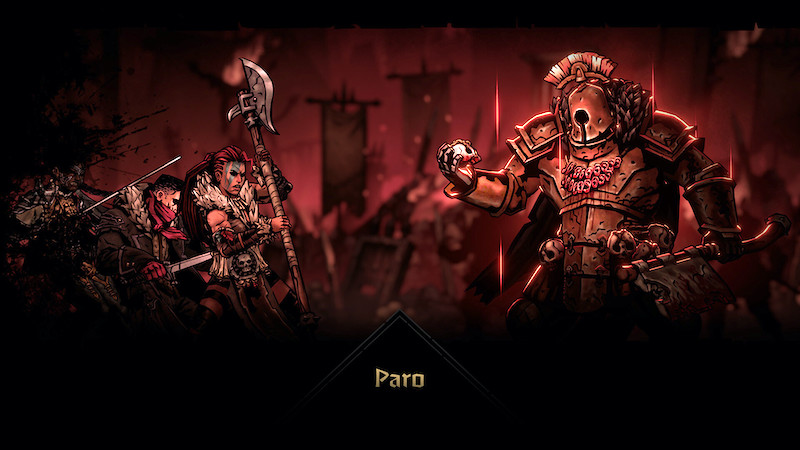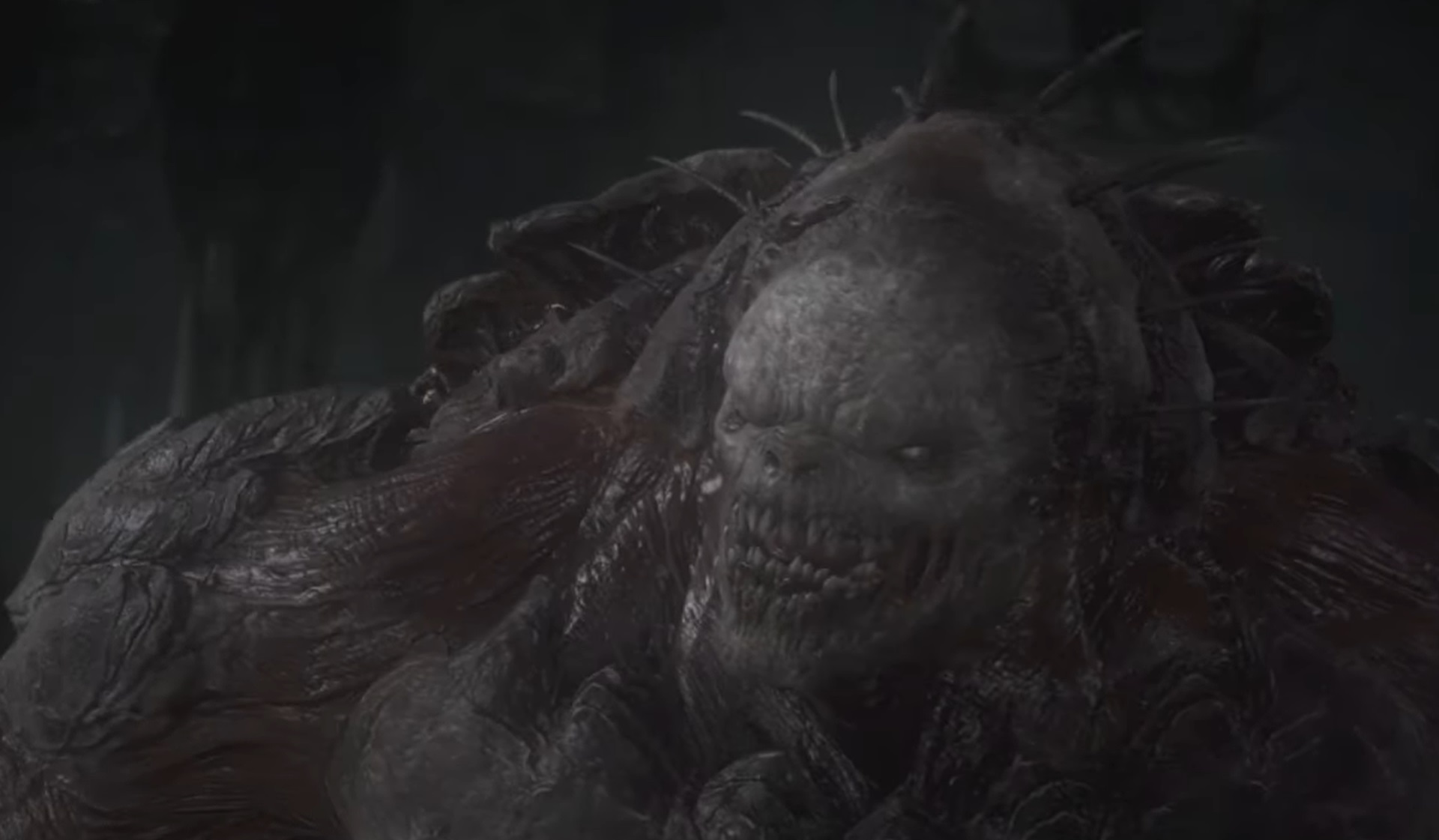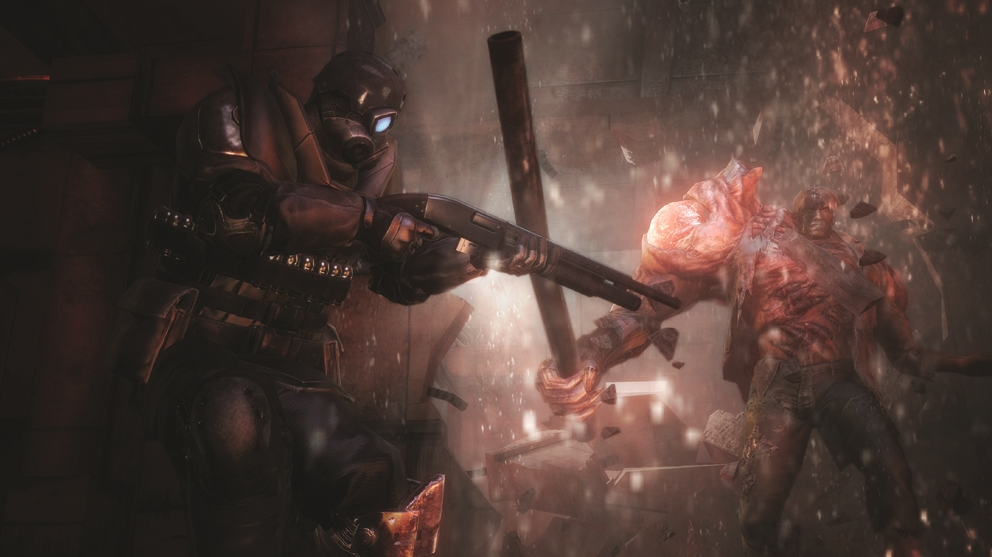
Traveling Down the Dark Paths of Scarlet Hollow from a Queer Point-of-View: Part 1
There’s something very scary about being in a strange new place and feeling different. In Scarlet Hollow, an incredible piece of interactive fiction by Abby Howard, you play as an outsider in a small town in the middle of nowhere, visiting for your aunt’s funeral. As a city person, everyone in the titular town — both affectionately and pejoratively referred to as “the Holler” by its residents — regards you as different, from the police who look at you with suspicion when a local resident dies under mysterious circumstances, to a young woman who’s just excited to have someone new in town.
Being queer in a new place can be fraught. As a gay person, I’ve always found myself doing research before I travel to make sure I’m going to be safe. In Scarlet Hollow, this kind of safeguarding is built into the game’s mechanics. At the start of the game, you choose two traits that can both help and hinder you throughout the game. I chose “talking to animals” because that seemed important (it is!) and “hot,” mainly because I wanted to see if any hot country boys would approach me. But there are other available traits that, in real life, I would have liked to have for a trip to the holler, like street smarts and physical strength.

In Episode 1 of Scarlet Hollow, the horror begins almost immediately. A strange guy won’t stop talking to me on the bus ride to town. When I finally get off the bus, my cousin, Tabitha, gives me the coldest greeting possible and immediately treats me with hostility, resentful of my lack of involvement in the family. I offer my condolences for her deceased mother, but she doesn’t want to hear it. Arriving at the dilapidated family estate, Tabitha shows me to my dusty living quarters and warns me not to get in her way. We can’t choose our biological family, and there’s something very lonely about being in a huge, gothic mansion with someone who doesn’t want you there.
After getting “settled” in the mansion, I decide to visit the town, where I’m finally greeted by a friendly face in Stella, a perky, overeager young woman with an adorable pug named Gretchen. Since I was able to talk to animals, Gretchen spoke to me like a faded southern belle. At the diner, I am introduced to Avery, a sweet, attractive, nonbinary waiter.
Stella, a YouTuber chasing cryptid sightings, somehow convinces me to follow her into the woods to search for a skunk ape. It’s here where the conventional horror of Scarlet Hollow begins. We have an uneasy run-in with Duke, a local hunter, and start to encounter what appear to be diseased, tumorous animals. When Duke finds his prized chicken suffering from a massive growth on its chest, we are confronted by a disfigured monster. There’s chaos, and Duke shoots himself dead — was it an accident? Or did he see something he couldn’t handle?
We call the cops, who don’t seem too concerned about Duke’s death. In fact, they seem more bothered that I, an outsider to this town, have caused them trouble. After the wild, strange evening, I go back to the mansion and try to bond with Tabitha, who immediately reams me out for rocking the boat in this community and stomps off to bed. I decide to get some sleep, tantalized and unsettled by these strange mysteries. I find comfort in being able to communicate with the animals I’ve encountered, like Gretchen and Dustin, the possum hiding in my bedroom. They don’t ask questions about who I am or where I’m from.
In Scarlet Hollow, the horror isn’t the monster in the woods — it’s being different.
Next week, we continue our journey into the frightening unknown of Scarlet Hollow…




